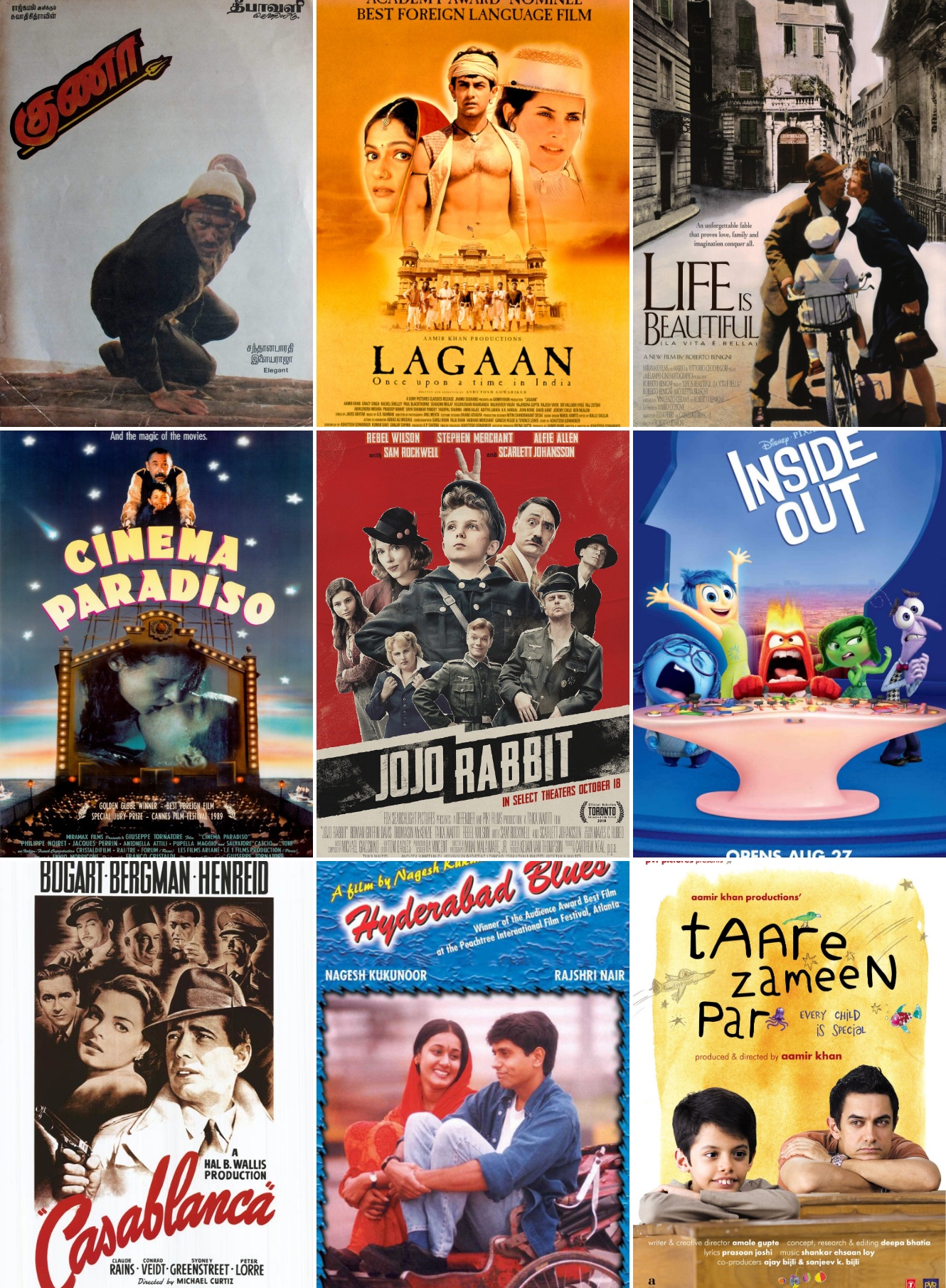In the vast and silent expanse of space, speed is one of the most crucial factors in exploration. From early human-made probes to futuristic conceptual crafts, the quest to reach greater velocities has always pushed the boundaries of science and engineering. In a recently trending video titled “Fastest Spaceships | Speed Comparison Of Famous Spacecrafts In The Universe,” viewers are taken on a mesmerizing journey through time and technology, comparing some of the most iconic and fastest spacecrafts ever created.

At the top of the list is NASA’s Parker Solar Probe, currently holding the record as the fastest human-made object in history. Designed to study the Sun up close, this spacecraft is expected to reach speeds of over 430,000 miles per hour (700,000 km/h). This velocity allows it to endure and navigate the Sun’s extreme environment, providing invaluable data that helps scientists understand solar winds and space weather.
Other spacecrafts such as Voyager 1, New Horizons, and the Helios probes also make impressive appearances. Voyager 1, launched in 1977, has now left our solar system and continues its journey at over 38,000 mph. New Horizons, which famously flew by Pluto in 2015, reached speeds close to 36,000 mph, proving that even older technology has left a powerful legacy in space exploration.
The video also features fictional and conceptual spacecrafts, such as the Star Wars Millennium Falcon and theoretical models like the Alcubierre Warp Drive. While these remain beyond current technological limits, they represent humanity’s imagination and dreams of breaking the light-speed barrier one day. These entries provide a stark contrast to our current achievements, yet inspire innovation in the field of interstellar travel.
Ultimately, this visual speed comparison not only entertains but educates. It highlights how far humanity has come in the pursuit of space exploration and how much further we aim to go. As technology evolves, what seems impossible today—like reaching other star systems—might be tomorrow’s reality. The race for faster spacecraft is far from over, and videos like this remind us of the exciting journey ahead.
